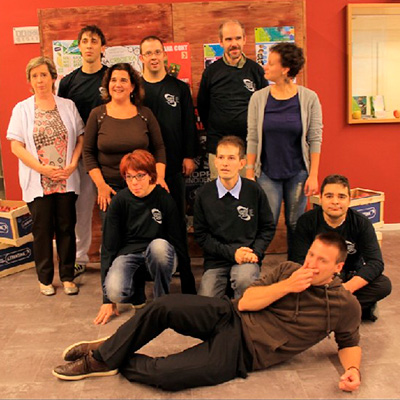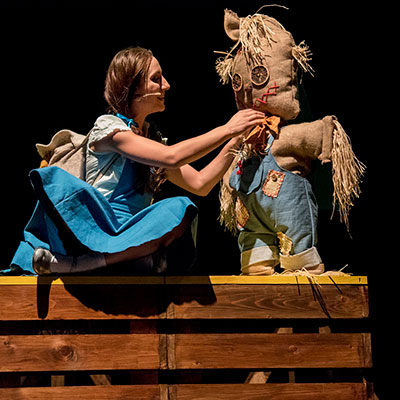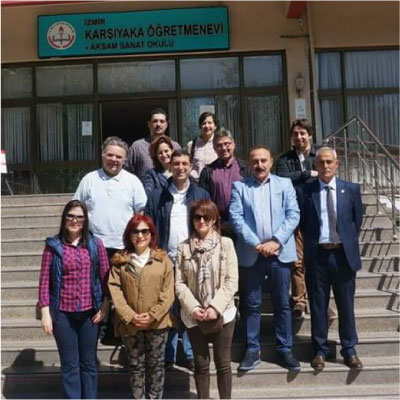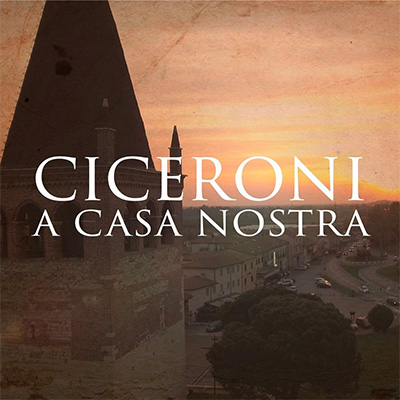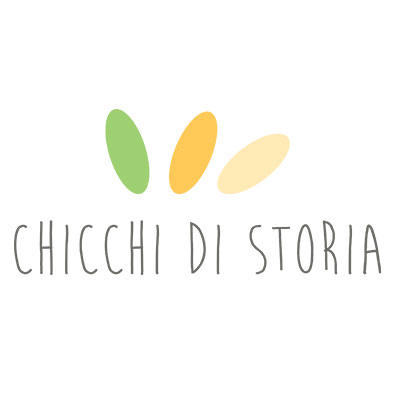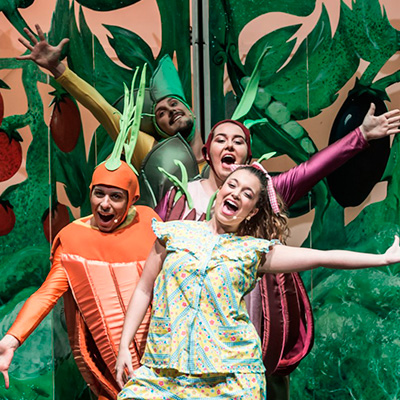“Ciceroni a casa nostra” is a project financed by the Veneto Region and implemented by Fondazione Aida. The aim is to teach young people how to enhance their own territory, through a series of meetings and workshops. The young people who took part in the project created itineraries aimed at promoting the territories of the municipalities involved in the project: San Bonifacio, San Giovanni Ilarione, Monteforte d’Alpone and Zimella.
Project phases
The first phase involved a series of organisational meetings between the partners, Fondazione Aida and the young protagonists.
In a second moment, in the period between 10 November 2016 and 27 February 2017, the phase comprising 17 meetings was launched. A group of 6 young people enrolled in the course: Andrea Dal Bosco, Arianna dal Bosco, Chiara Castellan, Marianna Ambrosini, Giulia dal Grande, Giulio De Marchi. The group then reached the number of 10 members in the next part of the project with the arrival of: Giada Bosaro, Francesco Segneghi, Mirca Mattioli, Rosanna Carli.
Stefania Carlesso, actress and expert in art and architecture, tried to explain the mechanisms behind the creation of events. Historical-artistic or literary themes are conveyed in formats that combine high popularity with entertainment.
Then, she assigned, dividing them among the young participants, the paths to be built in the municipalities involved in the project: San Bonifacio, San Giovanni Ilarione, Monteforte d’Alpone, Zimella. In the course of the weeks the participants were guided in the elaboration of the paths themselves. Therefore, a series of useful skills were transferred to the group of young people to convey cultural contents in an engaging and dynamic way.
Social Network.
On 10 March, 24 March, 7, 14, 21 April there was a phase of five meetings where the participants had the opportunity to practice the creation of a promotional video, acquiring the basic techniques and thus deepening the skills to promote the paths/projects they created. The youngsters received the necessary indications to make the most of the world of social networks for the promotion of the projects. A Facebook profile and an Instagram profile related to the project were created.
Project strategies
On 27 March, a training seminar was held on innovation processes and promoting one’s own activity in the territory. The trainees got to know dynamic projects and realities that deal with territorial promotion. They were able to compare themselves with national and international projects. They were able to learn the project strategies implemented by established organisations, deepen their understanding of the development of territorial promotion and transform the knowledge gained into an exercise adapted to the project on which they have been working successfully over the past few months.
Telling the itinerary
During the weekend of 22 to 25 April 2017, they took part in a fair space made available by the municipality of San Bonifacio for the San Marco fair. In shifts which they planned and organised themselves, the participants told the story of the project and presented it to a wide audience, supported by representatives of the administrations involved. In that context, for the first time they were able to relate to the outside world with satisfactory results. The group remained cohesive even after the end of the project steps, and planned further meetings with the help of the administrations of the municipalities of origin, which they will manage independently.


